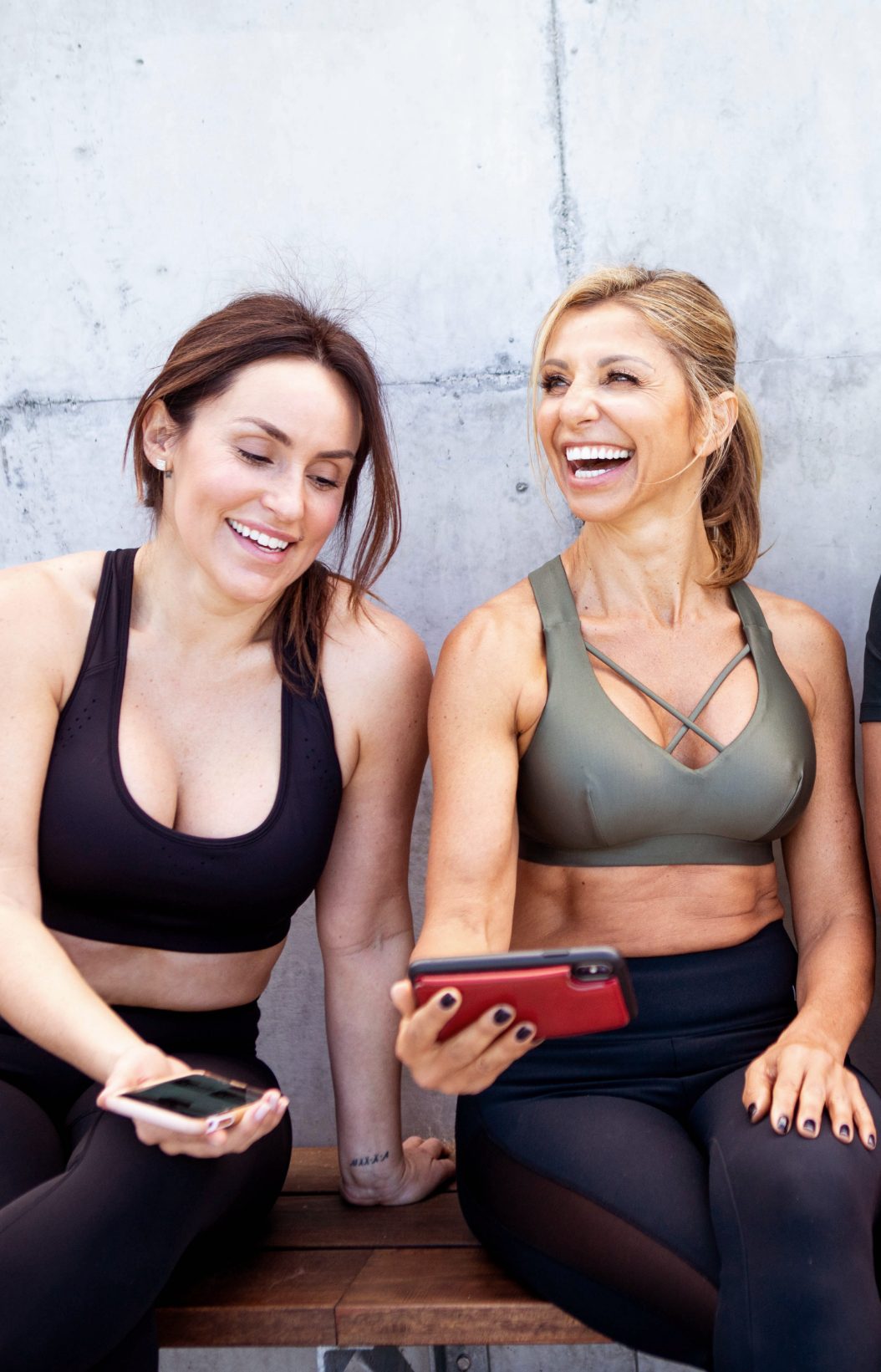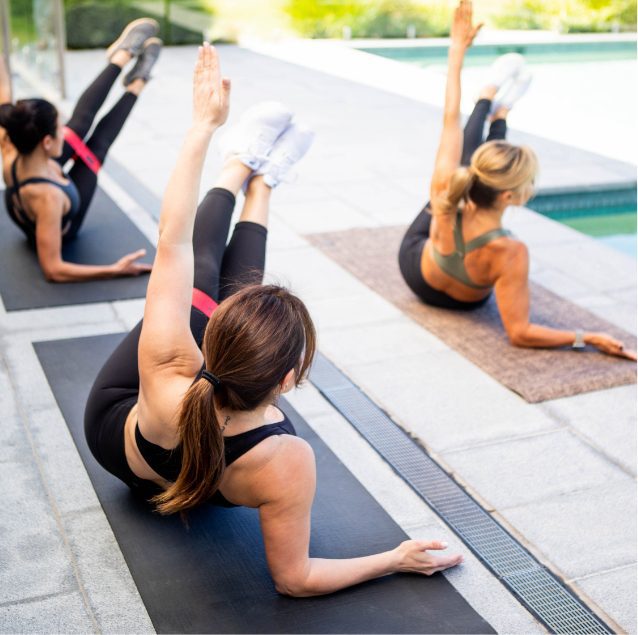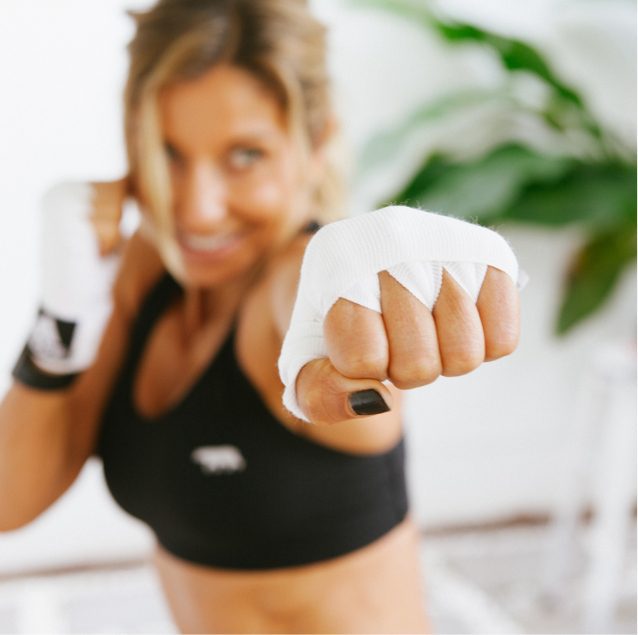“Your prescription is more orgasms.” The words every gal wants to hear at her doctor’s, right?
Is menopause kicking your butt? Has your sexual drive dropped faster than your tolerance for bullshit? Are you finding it harder to reach orgasm?
If you answered yes to any of these questions, you need a vibrator.
Sold in virtually every color of the rainbow, with a plethora of materials, intensities, shapes and price points, vibrators abide by the Goldilocks method: Some are too this, others are too that, but then you find the one that’s just right.
But they’re more than just pretty toys. These buzzing nightstand residents sure are fun, but why are they so important for sexual health in your 40s and beyond?
THE ABC OF MENOPAUSE AND LIBIDO
Let’s back it up a bit. A loss of libido during menopause is one of the most commonly discussed effects of menopause. If this is you, you’re not alone – research shows that sexual dysfunction occurs in about 30 – 50% of women (and that’s just those who report it). Common complaints include low sexual desire, difficulty attaining or maintaining sexual arousal, and inability to achieve an orgasm.
Thankfully, the days where we couldn’t talk about it, or talked about it in hushed tones behind hands for fear of being heard, are well and truly over. Sexual health is a hot topic, women no longer need to be silent. Loss of sex drive is caused by both physical and psychological reasons.
Firstly, the main culprit is oestrogen. During menopause, oestrogen – which keeps vagina walls healthy and lubricated – decreases. This makes your previously well lubricated vagina dry and irritated. Approximately half of women experience this condition known as vulvovaginal atrophy, which is associated with thinning and inflammation of the lining of the vagina along with vaginal dryness. This condition, when left untreated, may lead to pain and vaginal bleeding associated with sexual activity.
In addition, women with vulvovaginal atrophy tend to get recurring urinary tract infections and an urgent and frequent need to urinate. Intercourse becomes uncomfortable. Research supports this, we all know painful sex will lower your sex drive and your pleasure.
Long term relationships can also fall victim to not being as energetic between the sheets as they once were, and managing the mental load of work and life can be exhausting. Then of course there’s the tiredness, fatigue, night sweats, insomnia. Who wants to have sex when they’re feeling a bit rubbish?
All is not lost, ladies. Keeping your sexual health *ahem* vibrant is quite literally in your hands.
WHY VIBRATORS ARE GOOD FOR MENOPAUSAL WOMEN
When Sex and the City‘s Miranda Hobbes got her hands on a Rabbit vibrator in the show’s first season, she raved about its capabilities to her friends. “I know where my next orgasm is coming from. Who here can say as much?” she challenged them.
Whether you’re attached or not, sometimes – as outlined above – you’re just not in the mood. And that mood may go on for prolonged periods, and that may cause some degree of distress. However, as they say, use it or lose it. The same goes for sex drive. Indulging in some self-love, alone or with an audience, might just send your limp libido into sexual overdrive.
Toe curling, back arching, breathtaking orgasms can:
- help you sleep better
- reduce pain
- strengthen pelvic floor
- increase body confidence
- boost oestrogen
- lower blood pressure
- boost collagen
- boost immunity
- improve mood
BEST VIBRATORS TO SHOP RIGHT NOW
Just like lipsticks and accessories, there’s a lot out there on the vibrator market and it can get a bit confusing when they all look so different—and slightly terrifying with all their bells, whistles, attachments and extra buzzy bits. It can be overwhelming, but shopping for toys should never be intimidating. After all, the goal is literally to enjoy yourself. So, to nudge you in the right direction, we’ve rounded up some of the most popular (and effective!). You’re welcome.
If you’ve yet to introduce your body to the exquisite joys of a clitoral suction, then you’re missing out. This non-penetrative toy fits snugly in your hand and can take a few minutes to place correctly. But when you do, honey, you will be screaming out for *insert deity of choice* in 37 different languages.
A waterproof, rechargeable vibrator with 6 intensity levels, it will change. your. life.
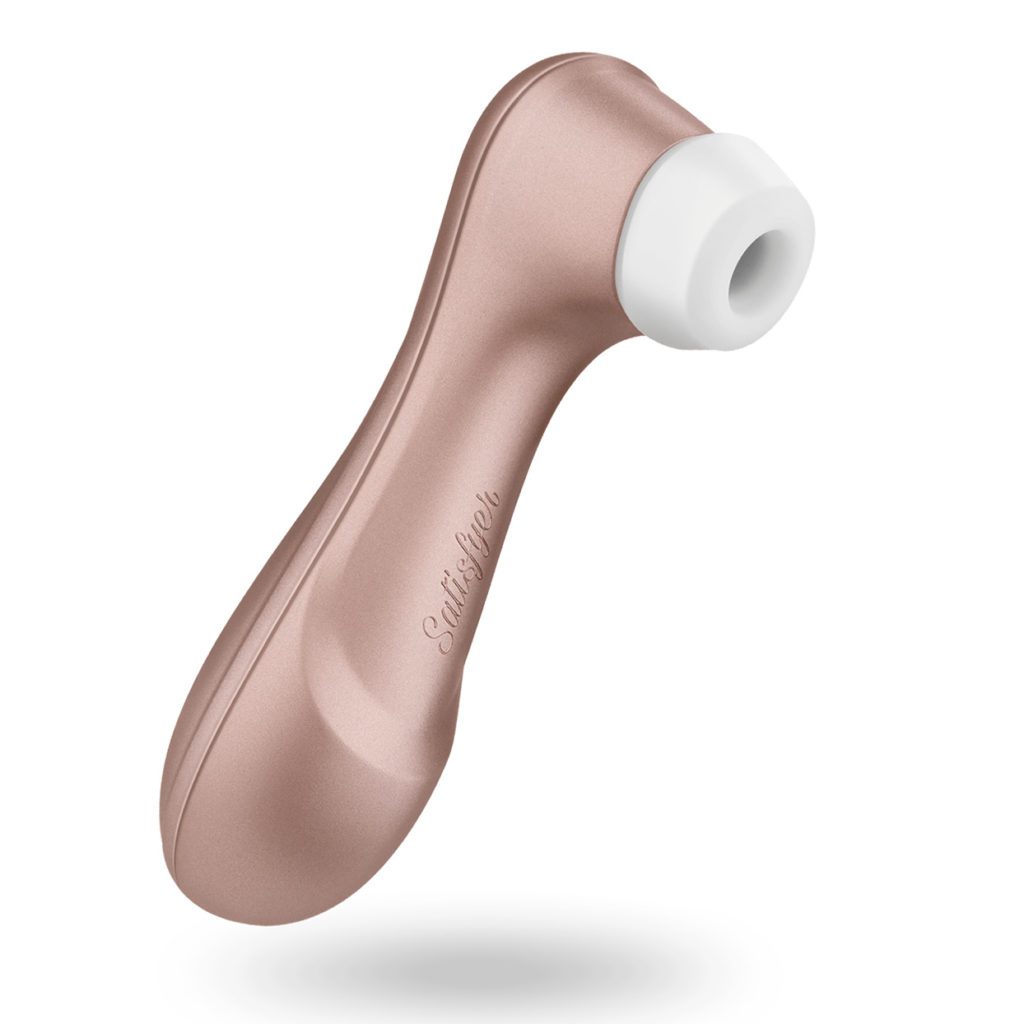
Why stop at just one satisfied pleasure zone? Can be a little bit tricky to get right and, if you’ve never experienced direct G-Spot stimulation, this might be a learning curve. Just trust your body, trust us, and let it happen.
Waterproof, rechargeable and with a combined 12 intensity levels, you’ll soon be telling anyone who’ll listen (aespecially those who blush) about this product.
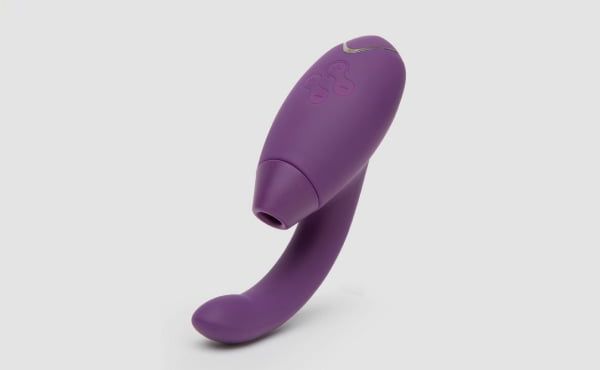
Sometimes a gal just wants to feel pretty, and here at Xali we’re all about feeling your best self whenever and however you can. Imagine our delight when we found a way of combining jewellery with pleasure – a wearable, silicone finger vibrator with 20 buzzing functions! Wearing this vibrator on your finger makes for easy access during partner play, or while you’re enjoying a little me-time. She’s small and compact, but oh-so-powerful…
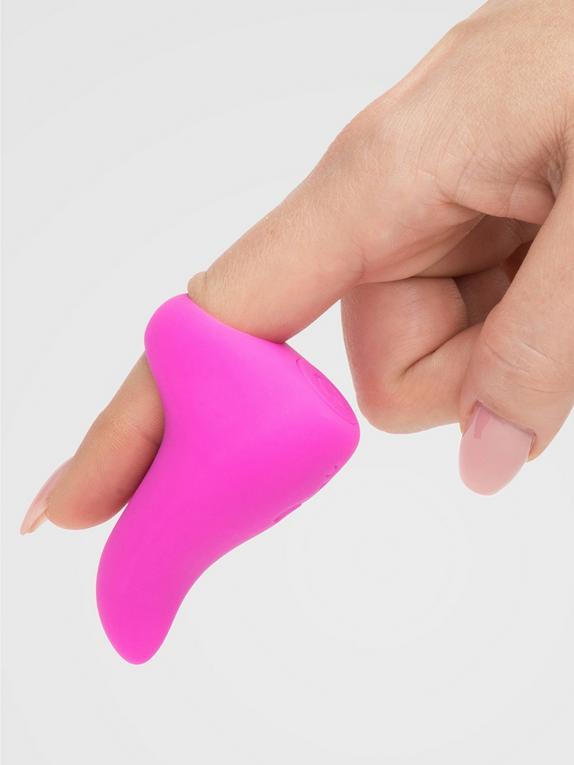
It’s What’s Inside That Counts
When you want whisper quiet, deep penetration with a little bit of g-spot and clit action – oh, you greedy girl you – you can’t go past the classic Rabbit.
Rabbit vibrators are popular for good reason—they provide the perfect combination of G-spot stimulation with a curved head, while flexible ears massage externally. But this one here gos a step further, offering a mind-boggling 36 (yes, 36) different vibration settings.
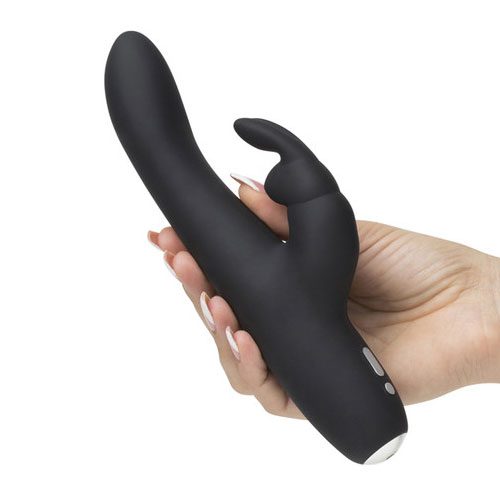
DON’T FORGET THE SMALL PRINT…
Of course, wherever friction is involved, irritation can occur, especially if vaginal dryness or atrophy is an issue. However, it would take an exorbitant amount of vigorous vibrator use to lead to this and it’ll likely feel uncomfortable long before you can do any damage, so just be gentle with yourself and know when to stop. Don’t forget the lube – a little help goes a long way!
Ultimately, the key to using vibrators safely lies in not being too aggressive with them, adequate cleaning before and after use, and investing in good quality models—these don’t have to cost an arm and a leg, but it’s always best to do your research regarding materials.
So what are you waiting for?
Always consult your GP or gynecologist if you find yourself experiencing any kind of averse reactions to a new gadget.






